During the economic shutdown, boxing fans have been watching videos of great fighters from the past. And it brings home the point that “great” has become the most overused term in boxing.
We lose sight sometimes of what athletic greatness means at the professional level. Too many people – including people who write about sports – don’t understand what it takes to be a world class athlete. Yes, there’s training, the work ethic, the teachers and coaches. But to be a world class athlete, a man or woman must be endowed with genetic gifts that only a minuscule portion of the world’s population has.
Imagine the best basketball player in a given high school. He, or she, is pretty good. Okay. Let’s elevate that to the best high school basketball player in the county. Take that one step further to the best basketball player in each state. Now you have fifty elite high school basketball players. Given the fact some states produce more elite athletes than others, the odds are that less than half of these high school stars (the #1 player in each state) will be chosen in the NBA draft. Now look at the NBA. Only a handful of players active today will be remembered as “great.”
Today’s athletes are better than their counterparts were decades ago. In most sports, technique has evolved in remarkable ways. And athletes are better conditioned now than their predecessors were as a consequence of advances in conditioning and nutrition. The men who won gold medals in swimming at the 1932 Olympics wouldn’t have qualified for the women’s finals at the past three Olympic games.
Boxing has evolved differently from other sports in that today’s fighters are arguably not as technically sound as their predecessors. But they’re far better conditioned. Today’s pound-for-pound elite would have been competitive in any era. They might not have beaten the best, but they would have been competitive against them.
Was Benny Leonard a great fighter for his time? Absolutely. But put Benny Leonard in his prime (the 1920’s) in the ring against Vasyl Lomachenko, and I’m betting on Lomachenko. That’s not to say that Lomachenko is as great in his era as Leonard was in his. It’s to say that times change.
That said; very few of today’s fighters have earned the right to be called great.
Greatness has to be earned. The business of boxing today is as much about publicity and hype as it is about merit.
“Great” . . . “Legendary . . .”
Too many people don’t have a clue what these words mean anymore. Why prove you’re the best in the ring when it’s so much easier and less risky to stand behind a marketing machine that heralds you as an alltime great?
A fighter isn’t great simply because someone tells us he is.
Greatness is forged in adversity. When boxing was boxing (as the saying goes), fighters had to go in tough and beat other, equally talented fighters to be considered great.
Larry Holmes (who deserves to be called “great”) gets it right when he says “What makes a fighter great is the opponents he beats.”
One fight doesn’t make a fighter great. It takes a body of work.
A fighter doesn’t have to be unbeaten to be great. Sugar Ray Robinson, Joe Louis, Muhammad Ali, and Ray Leonard proved that.
“It’s what a fighter does after he loses that makes him great,” Angelo Dundee said.
_31.jpg)
Being immensely talented is different from greatness. There’s a difference between being exceptionally good and great.
Rating a fighter before his career is over is a perilous exercise in quantifying greatness. After Mike Tyson’s annihilation of Michael Spinks, many people were calling him the greatest heavyweight of all time. The young Mike Tyson is still considered by many to have been great. But later fights showed deficits in his emotional make-up as a fighter.
Not every fighter who has been inducted into the International Boxing Hall of Fame was great. But Canastota is often where the discussion crystalizes.
Floyd Mayweather, Roy Jones, Andre Ward, Miguel Cotto, and Wladimir Klitschko top the list of fighters who have retired within the past three years and are certain to be inducted. One can argue that Klitschko was dominant in his era but not great. He fell apart several times during fights and lacked the inquisitors that are necessary to prove greatness.
Among active fighters, Manny Pacquiao clearly meets the standard for greatness. In many ways, he’s a throwback fighter. Pacquiao has boxed almost five hundred rounds over the course of 71 professional bouts. He has fought eighteen times against ten fighters who are either in or will be in the Hall of Fame: Marco Antonio Barrera, Juan Manuel Marquez, Erik Morales, Oscar De La Hoya, Ricky Hatton, Miguel Cotto, Shane Mosley, Floyd Mayweather, Tim Bradley, and Keith Thurman. His record against these ten fighters is 13 wins, 4 losses, and 1 draw.
As for today’s other elite fighters, a look at the current pound-for-pound rankings begs the question: “Who have these guys beaten?” Put aside the hype and look at their records. They might be great but they haven’t proven it yet.
Don King and Bob Arum despised each other. But they promoted in an era when the revenue in boxing had to be generated by fights. It didn’t come from poorly-tutored television executives or foolish investors. So King and Arum put aside their differences and promoted genuine super-fights.
Boxing’s current business model deprives elite fighters of the opportunity to prove and improve upon their skills by fighting other elite fighters. Except on rare occasions, the best no longer fight the best. We don’t know what most of today’s top pound-for-pound fighters would do if faced with an abundantly skilled opponent who asks questions of them that they haven’t been asked before. Instead, we’re left to speculate as to which fighters might someday be great or might have been great if only they’d fought the best.
Imagine Terence Crawford or Errol Spence against Floyd Mayweather in his prime. Those would have been fascinating fights. Who would have won? We’ll never know. But it would be nice to know who wins a fight between Crawford and Spence. The winner would take a significant step toward being legitimately classified as great. Right now, all we can do is speculate. Neither of them has been tested like Ray Leonard was against Thomas Hearns, Roberto Duran, Marvin Hagler, or Wilfred Benitez. Crawford’s signature victory is against Julius Indongo. Spence won a split decision over Shawn Porter (who lost previously to Keith Thurman and Kell Brook) and beat an undersized Mikey Garcia. Crawford and Spence might have greatness in them, but they haven’t proven it.
Vasyl Lomachenko has the requisite talent, work ethic, and mindset for greatness. But he has had only fifteen pro fights and his most formidable opponent was Gary Russell Jr (who Lomachenko beat by majority decision). There are inquisitors Lomachenko can face. Teofimo Lopez (not an easy out) would be a building block in constructing a legacy. It would be nice to see Vasyl in the ring against Gervonta Davis, Devin Haney, and (at 135 pounds) Mikey Garcia. But the sand is running through the hourglass for Lomachenko. Like the young Muhammad Ali, he relies to a great degree on exceptionally fast reflexes and fights with his legs. When his reflexes and legs forsake him, Vasyl will have a problem.
Mikey Garcia is a very good fighter without a signature win on his resume. He fought Errol Spence for a bank full of money. But once the bell rang, Mikey didn’t “dare to be great.”
Gennady Golovkin looked great until he was tested. Then he began to look exceptionally good.
Oleksandr Usyk acquitted himself well in the World Boxing Super-Series cruiserweight tournament but looked mediocre in his heavyweight debut against Chazz Witherspoon.
Naoya Inoue and Roman “Chocolatito” Gonzalez are in the conversation for greatness. But Inoue struggled against an over-the-hill Nonito Donaire in his most visible fight. And Gonzalez had problems after moving up in weight.
Tyson Fury has been mentioned as a candidate for greatness but hasn’t come close to earning it yet. His two wins of note – a lackluster decision over a faded Wladimir Klitschko and a good performance against Deontay Wilder the second time around – are a platform to build on. But even more than with most fighters, there’s no way to know what direction Fury will go in.
So who’s left?
Canelo Alvarez, more than any other active fighter, is on the cusp of greatness.
Canelo’s critics will say he was outboxed by Floyd Mayweather and that two of the “names” on his resume – Shane Mosley and Miguel Cotto – were past their prime when he beat them. But Canelo was only 22 years old when he fought Mayweather at a catchweight of Floyd’s choosing. He has beaten Austin Trout, Erislandy Lara, Gennady Golovkin, Danny Jacobs, and Sergey Kovelev. He has continued to improve while going up in weight and succeeded at every level.
And let’s not forget; Joe Louis came back from a knockout defeat at the hands of Max Schmeling to return the favor. Muhammad Ali was outpointed by Joe Frazier and then beat Frazier twice. Ray Leonard lost by decision to Roberto Duran but prevailed over “Manos de Piedra” in two later encounters. Canelo was denied the opportunity to even the score against Mayweather.
When asked prior to the final pre-fight press conference for his fight against Sergey Kovalev where he thought he stood on the list of great Mexican fighters, Canelo answered, “The day that I retire is the day that we can judge my place in history.”
It’s a tricky business, deciding who should be called great. But Canelo Alvarez will be on the list.
Thomas Hauser’s email address is [email protected]. His most recent book – A Dangerous Journey: Another Year Inside Boxing – was published by the University of Arkansas Press. In 2004, the Boxing Writers Association of America honored Hauser with the Nat Fleischer Award for career excellence in boxing journalism. He will be inducted into the International Boxing Hall of Fame with the Class of 2020.
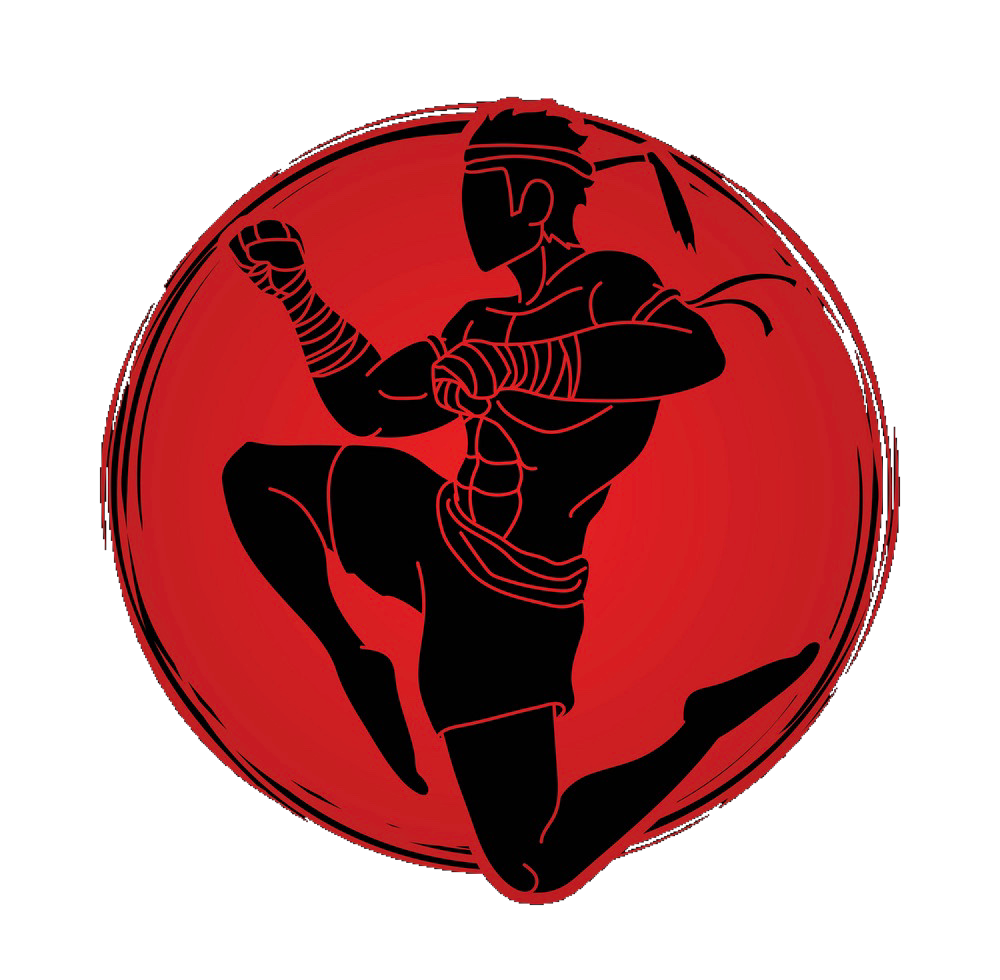
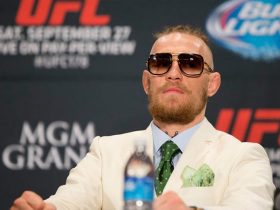
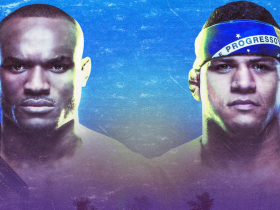
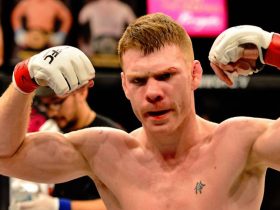
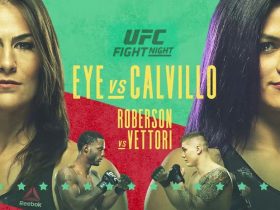
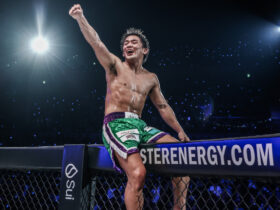
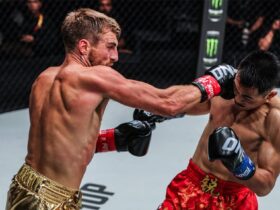
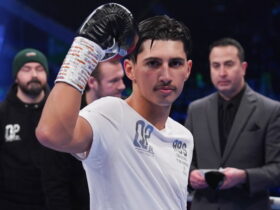
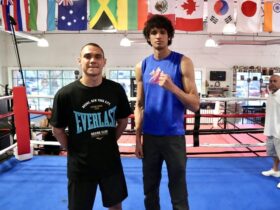
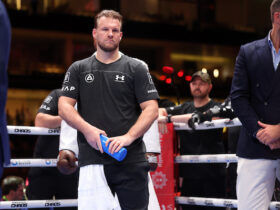

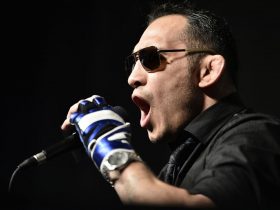
_31.jpg)
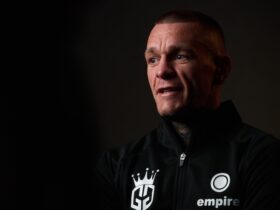
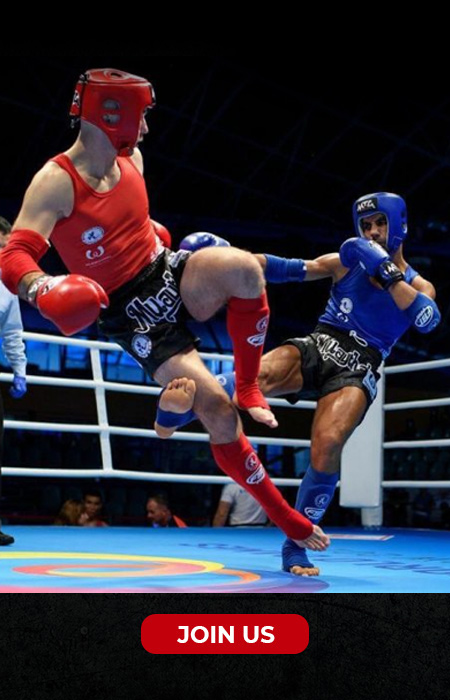
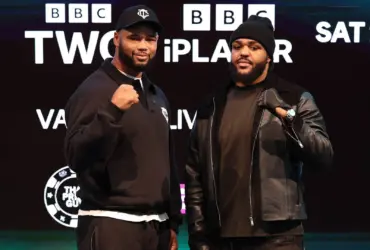

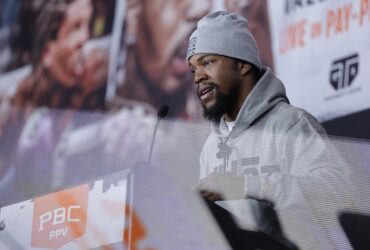
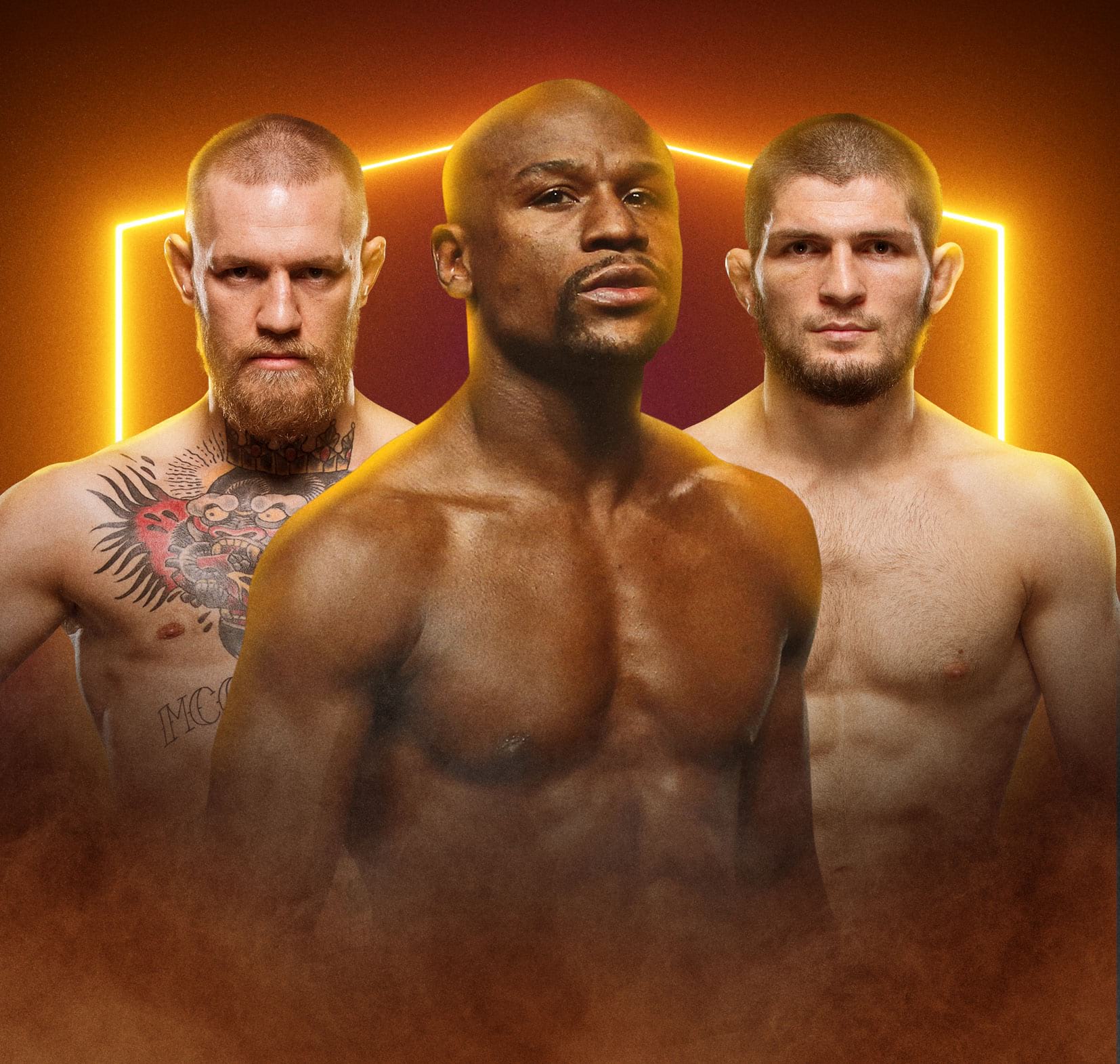
Leave a Reply